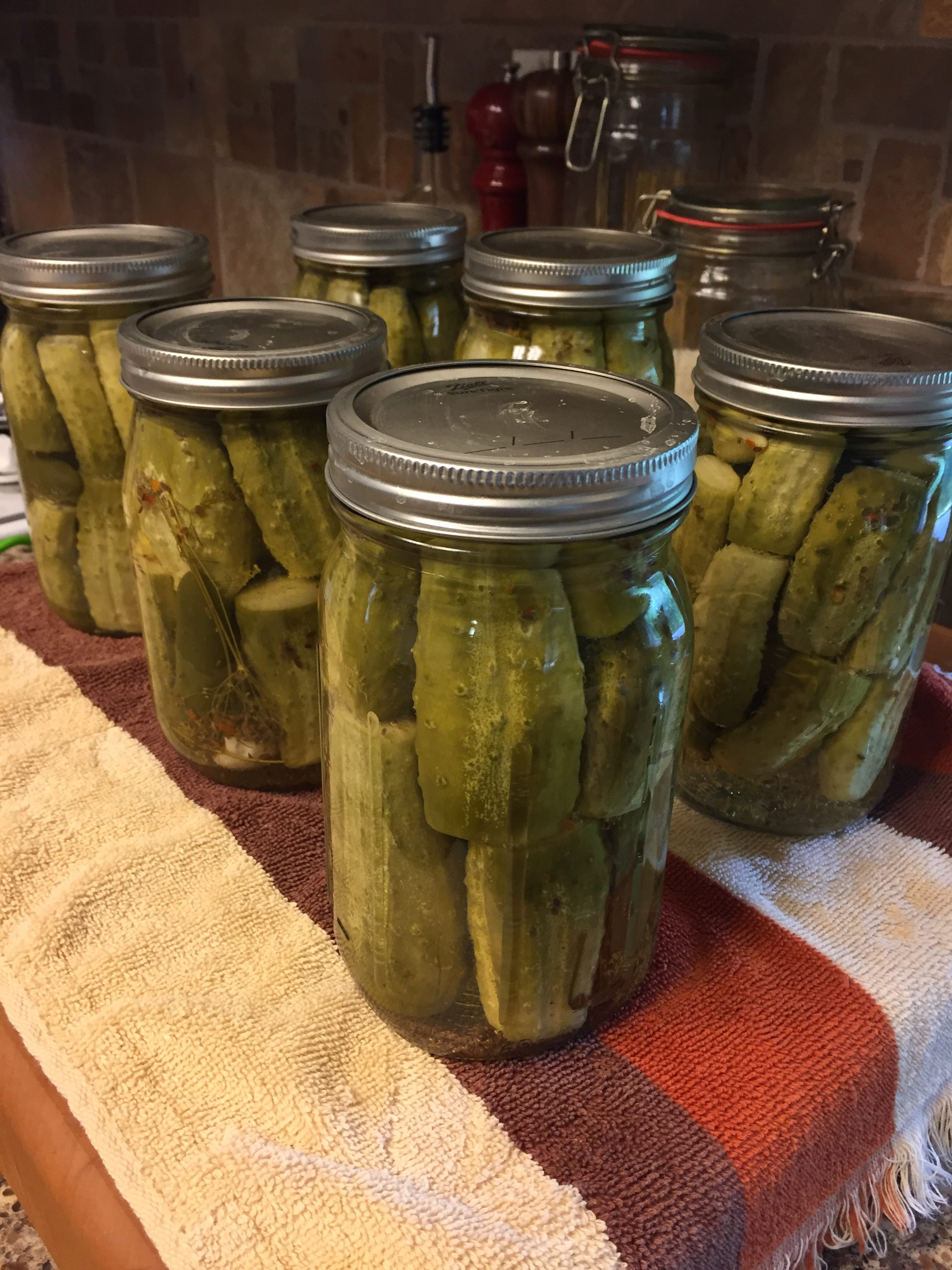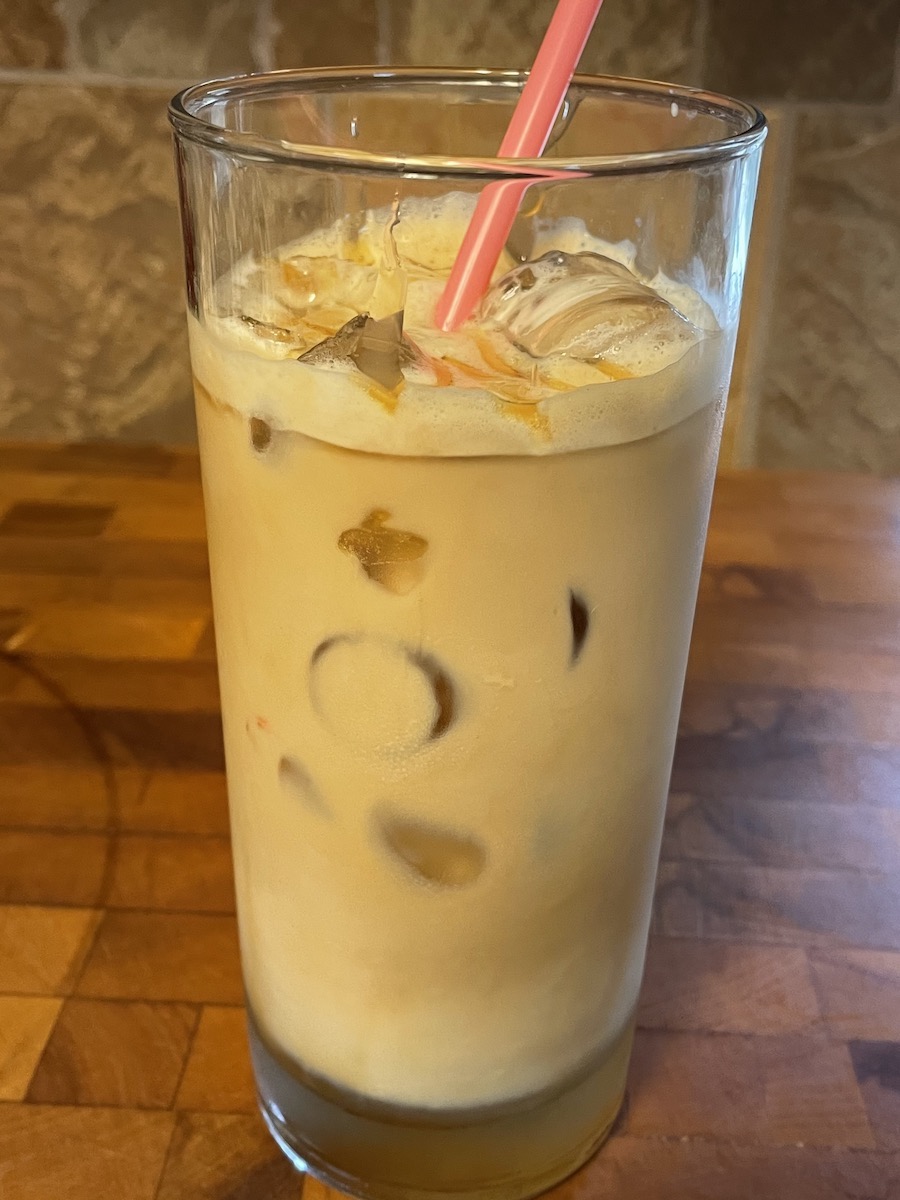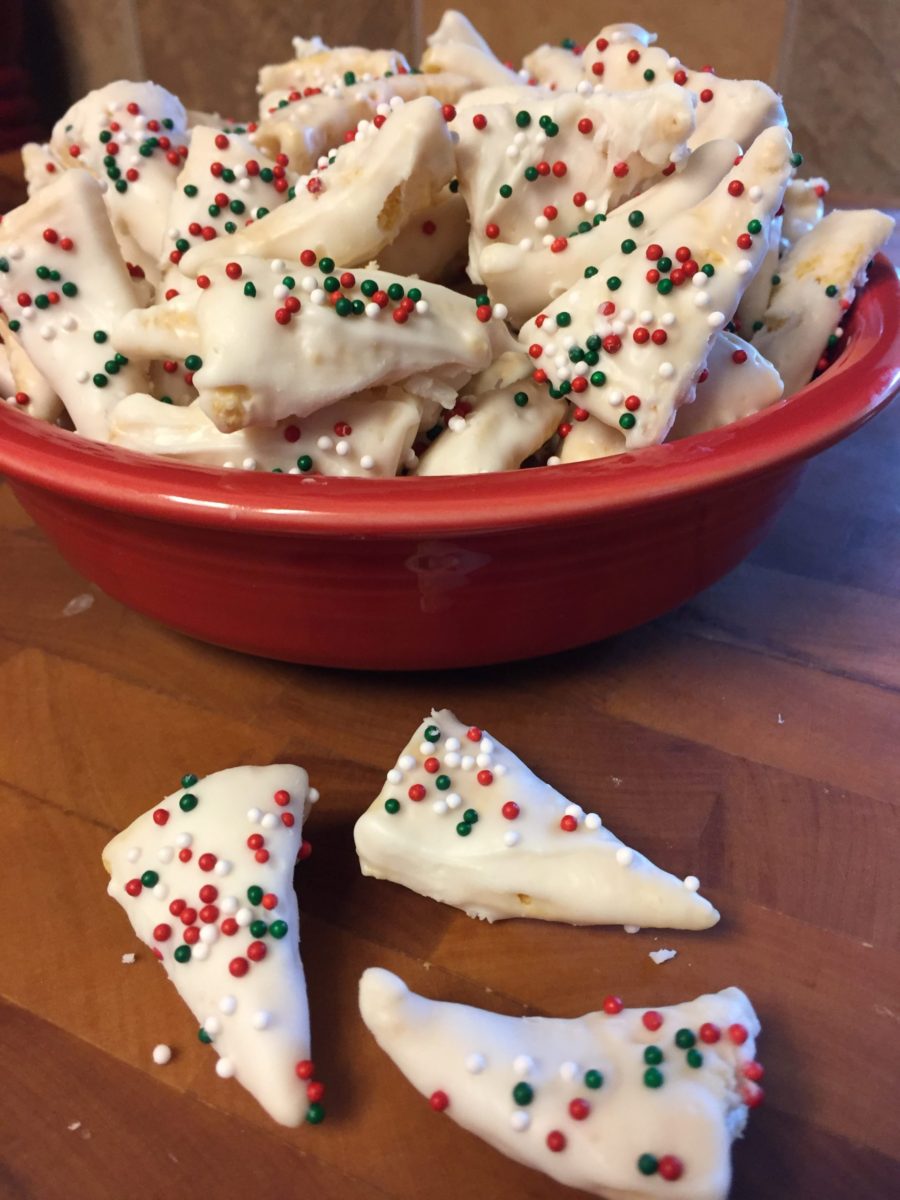In my childhood years, summer time meant canning time. My mother grew a very large garden on the farm/ranch I grew up on. She had a lot of mouths to feed and a lot of free labor! We canned all kinds of vegetables. What we couldn’t eat fresh, we froze or canned for the off season.
Unfortunately, I live in the city now so large gardens are a thing of the past for me. However, every once in a while, I get my hands on homegrown cucumbers or tomatoes and enjoy the nostalgia of my youth. Thanks to my sister-in-law who grew a great backyard garden this year, I got plenty of cucumbers. (She also recently gave me a ton of tomatoes from her mother so look for my salsa blog soon.)
Canning can be intimidating to those who have never done it before. However, if you want to try to preserve something for the first time, you can start with something simple like dill pickles.
The only special equipment you need is a canner with rack. This set includes a few other extra things like the funnel (for salsa and relishes) and jar lifter which are not necessary but I do find more useful than a ladle or tongs.

For dill pickles, you will need cucumbers, garlic, jalapeños or serrano peppers, dill or dill seeds or both, black peppercorns, red pepper flakes (for spicy), vinegar and pickling salt. Also, some clean wide mouth quart jars. I usually clean these in the dishwasher but you can also wash by hand.

To get started, fill canner about two thirds of the way with water, cover and bring to a boil.

While your water is coming to a boil, wash and sort the cucumbers. Smaller cucumbers will be pickled whole and the larger cucumbers will be “speared” by cutting lengthwise into 4 or 6 spears depending on cucumber size. Some cucumbers can be sliced for hamburger dill slices if you so desire.

Recently, I read the enzymes found in the bloom end of a cucumber will make the pickle less crunchy so I started cutting the tip off both ends to make the cucumbers look uniform. I don’t remember us doing this when I was young so do this or don’t. You won’t hurt my feelings!

In a large pot, make the brine which consists of water, vinegar and pickling salt. Bring to a boil and then turn off.

Now here is where the fun begins. Drop a clove of garlic, a whole serrano (or a half sliced down the center) some dill weed, dill seed, black peppercorns, crushed red peppers or whatever combo you want in the bottom of the jars. Make as spicy or as basic as you want. For plain dill pickles, just use the dill weed, dill seed and garlic clove. I add the peppercorns to some, red pepper flakes to others and I usually add a serrano pepper as well to each jar. Just do you!

Next, stuff those jars as best and as tight as you can with cucumbers. When you think you have enough, add a couple more!

Then I add another sprig of dill. I use the dill heads too. I love the smell of dill!

Line up the jars next to your brine pot and start to fill.

I just dip a glass measuring cup into the brine and fill up the jar.

I fill jar to about 1/2 inch from the top of the jar. Once all jars are filled, use a paper towel and wipe the rim off each jar so the lid makes a tight seal.

After I place lid/ring on each jar, I tighten them up. No need to go crazy, just tighten till snug.

With the rack in the “up” position on the canner, load the jars of pickles.

Carefully lower the rack into the water so jars are submerged. Place the lid on canner and let process for 20 minutes.

Once processing is over, use jar lifter or tongs to carefully remove jar to a dishcloth covered countertop. Not going to lie, the jar lifter is truly the way to go!

Once the pickles are out of the canner, you will hear one of the best sounds of summer, the pinging seal of the jars! You will hear these popping sounds which ensures that all jars are sealed properly. The top of the jar is sealed when the lid is inverted. It should seal on its own. If it does not seal after several hours, just refrigerate that jar. There is nothing wrong with the pickles inside but they will not store in your pantry if not properly sealed. Give it a few days and you will be able to enjoy the pickles.
As always, if you have questions, let me know in the comment section. I will do my best to answer.
Good luck and Happy Summer!

Dill Pickles
Ingredients
- cucumbers
- dill weed, heads, and stems if using
- 7 tsp dill seed if using
- 14 garlic cloves
- 7 jalapeno or serrano peppers optional
- 9 cups water
- 2 1/2 cups vinegar
- 1/2 cup pickling salt
Instructions
-
Start process by completing the following…
1. Fill canner about 2/3 full with water and bring to boil. The canner lid should stay on because the canner will continue to boil throughout the entire pickling process.
2. Wash jars in soapy water (or in dishwasher).
3. In a large saucepan, bring 9 cups water, vinegar and salt to boil. (You can allow this to simmer on low with a lid on.)
5. Wash and sort cucumbers by size. Smaller cucumbers process whole, larger ones can be speared or sliced.
-
Once the above instructions are completed, fill the sterilized jars with a clove of garlic and some dill weed with head and stem. (If you don't have fresh dill weed, just use 1 teaspoon of dill seed instead or a combination of the two.
If you wish, add 1/4 tsp crushed red pepper or peppercorns or a jalapeno or serrano pepper to each jar. Seasonings are optional.
-
Next, stuff cucumbers in jars. Whole cucumbers should be jarred together, speared cucumbers should be jarred together and if doing sliced, should be jarred together. Do not mix the different styles of cucumbers. Stuff jars very tightly so that the cucumbers can not be moved. Make sure all cucumbers go only to the neck of the jar.
-
Add another garlic clove and sprig of dill to the top of the cucumbers.
-
Once the jars are loaded tightly with cucumbers and seasonings, pour brine over each jar leaving half inch space at the top of the jar. Make sure the rim of the jar is wiped clean so lids fit securely.
-
Add a lid/ring to each jar. Tighten snugly but not too tight.
-
Place the jars into the canner (which should still be boiling) and place lid on canner. Process for 20 minutes. Remove jars to dish cloth covered countertop. Allow to cool.
-
Check lid seal and tighten any loose rings. The lid should be inverted. If not, refrigerate that jar and use first. All sealed jars can be stored in pantry.




Reader Comments